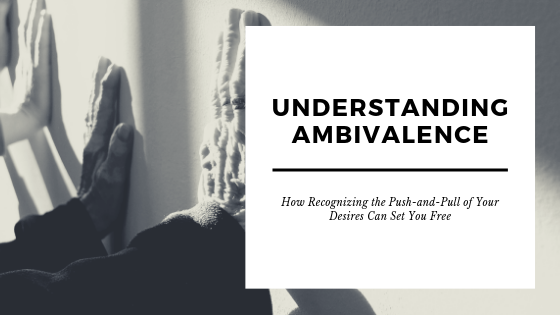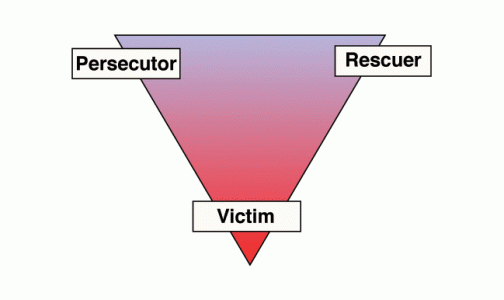There are plenty of questions to ask yourselves when you’re engaged and preparing for a wedding. When do we want to get married? Who do we want to invite? What type of cake do we want to eat? But sometimes, in the hoopla of planning the big event, you miss the opportunities you have to prepare for what comes after the wedding.
Premarital counseling is often a prerequisite to have a religious officiant for your wedding. Sometimes couples will attend premarital counseling with a therapist, but that practice is becoming more rare. Yet once married couples come to my door for therapy, problems have been developing since the start of the relationship.
Why is premarital counseling necessary? We seem to have a great relationship.
Preventative medicine is becoming a cost-saving trend in medicine. If you can prevent problems from developing in the first place, you’re more likely to avoid the later costs of fixing it. Similarly, in marriage, if you have a few intentional conversations before you get married, you’re more likely to avoid pitfalls of relational tension later.
Working your way out of entrenched problems in your relationship is much more difficult than addressing them head-on before they have a chance to start. Premarital work gives you more awareness of the warning signs of a problem in your relationship. Having practiced the skills of open communication gives you more confidence to have tough conversations early on in your marriage.
Here are some questions to consider asking as you prepare for marriage.
1. What was your parents’ marriage like?
We learn most about marriage from our families-of-origin. Whether you have a positive relationship with your parents and trust them as role models or you are trying to be as different as you can from them, their modeling is often the most significant influence you’ll have in your marriage.
Your mother may have always taken care of the housework. Your father might have been the person who drove the kids to all their activities. But your fiancé’s father may have traveled during the week and their mother may have hired a cleaning service to take care of the house work. Having discussions about the way things were in your family and how you’d like to emulate or differ from those standards can circumvent unspoken expectations you carry into the relationship.
2. How will we handle finances?
What is your spending style in comparison to your partner? Is one of you a saver? Is the other a spender? What level of transparency do you want to have about finances? Will one of you handle the budgeting and bill-paying, or will it be a joint effort? Will you have a joint account and/or two separate accounts?
Money is one of the most common areas of disagreement and argument for couples. Learn how you handle money through participating in a money management course, such as Dave Ramsey’s Financial Peace University. Start having conversations about money and spending before you’re married so you know how to talk about this sticky issue.
3. Do you want to have kids? How many? When?
Expectations about having children can differ widely. Discussing your plans for children can facilitate discussions around career and dreams for the future. For example, if you’re focused on finishing your PhD or making partner in your firm before having kids, that can be discussed. If one of you wants to stay at home with the children, that is helpful to identify. You may want to consider the financial cost of childcare needs. Acknowledging the financial aspect paves the way for that important conversation to happen later.
4. What are your expectations around sexual intimacy?
Oftentimes couples assume that sex should feel easy and natural within marriage, but the truth is farther from this assumption. What creates quality sexual intimacy within a marriage is the freedom to have open conversations about it.
These conversations can be as simple as discussing logistics such as how often you’ll be intimate, when you expect to be intimate, or even the (sometimes awkward!) conversation of what you like and don’t like sexually. You might want to discuss how you’ll handle initiating sex and saying “no” if you’re not interested. Consent is still important in marriage, and often unspoken expectations influence whether you feel comfortable refusing.
Also, think about how you’ve been influenced by culture, church, family, career, or other areas of your life with certain messages about sex or what it means to be a man or a woman. Uncovering these narratives for yourself can have implications of which you’re not aware.
5. How will we handle changes in our relationship?
Are you the same person you were ten years ago? Fifteen? Twenty? Or have you changed in significant ways? The type of music you enjoyed when you were younger, for example, may be vastly different from what you like now. Personality can change over time, so it’s important to know that the person you’re standing next to on your wedding day may change significantly over the course of your marriage. Sometimes just recognizing this fact together can prepare you, and you can discuss how you’ll handle those changes as they come.
6. What traditions for connection do we want to establish?
John Gottman, in discussing the aspects that make up healthy marriages, outlines the importance of creating shared meaning through establishing rituals of connection. These can be everyday points of connection, like returning home from work or having dinner together. They can also be larger traditions, such as what you do for holidays or how you celebrate birthdays. Discuss how your family handled major holidays and what you’ll want, especially if you’ll be splitting time between two families. Identify the aspects of your family’s moments of everyday connection you’d like to continue.
Regardless of what your family-of-origin does for holidays, I suggest that you identify some new holiday traditions you’d like to establish in your new family with your partner. Having these special traditions you develop together help to keep connection going through more stressful or trying times.
7. What will we do when we’re attracted to other people?
One of the biggest setups for finding yourself entangled in an extramarital affair is believing that it will never happen to you. Esther Perel, a clinician and researcher on marital issues, discusses affairs in her TED talk. She points out that problems arise when one spouse is too ashamed of the attraction they feel to discuss it with their spouse. They instead turn to the person to whom they’re attracted and tell them in an attempt to resolve it. But instead, this makes the attraction more intense, as the other party may reciprocate and they share a secret.
Affair-proofing your marriage involves talking about the moments when you’re feeling attracted to someone else and asking for accountability from your spouse. If you walk into marriage expecting this to happen to one or the both of you, it will come as less of a surprise. Fostering a safe environment by being honest with one another is the most crucial part of keeping your marriage intact.
8. How do we want to argue? What are the rules for fighting fair?
Arguments are another inevitability in marriage. Even if you didn’t fight often before you were married, there are many more opportunities for arguments to arise when you’re living your lives together. In fact, if you aren’t arguing at all, I might be concerned about how you might be avoiding or ignoring issues that come up.
Disagreements are an open door to intimacy when they involve fighting fair. Setting ground rules for communication, which can be aided by a therapist, helps you to be able to maintain connection even when you disagree. Learn how to communicate your emotions effectively and listen with empathy and compassion to your partner’s perspective. Learn about why you or your partner are more sensitive to certain interactions due to triggers or how they remind you of your family of origin. Identify what you’re really desiring underneath the conflict and problem-solve for how to create that together.
9. How will you and I become a “we”?
One issue that often arises in marriages is leaving behind the loyalty felt toward your family-of-origin to focus on loyalty to the marriage. This is necessarily painful, as change can require leaving behind some past traditions and activities that you love with your family in service of creating a new future with your spouse. Identifying rituals of connection (see question 6) can help create this connection by establishing new traditions together.
If you’ve been single for a long time, you may have a different problem: leaving behind the independence of single life to connect with your spouse. As a single person, you were able to come and go as you pleased and make decisions without thought for how they would affect others in your household. In marriage, those behaviors are more difficult to maintain. Learning how to let go of some independence is part of a healthy process in creating a “we.”
























